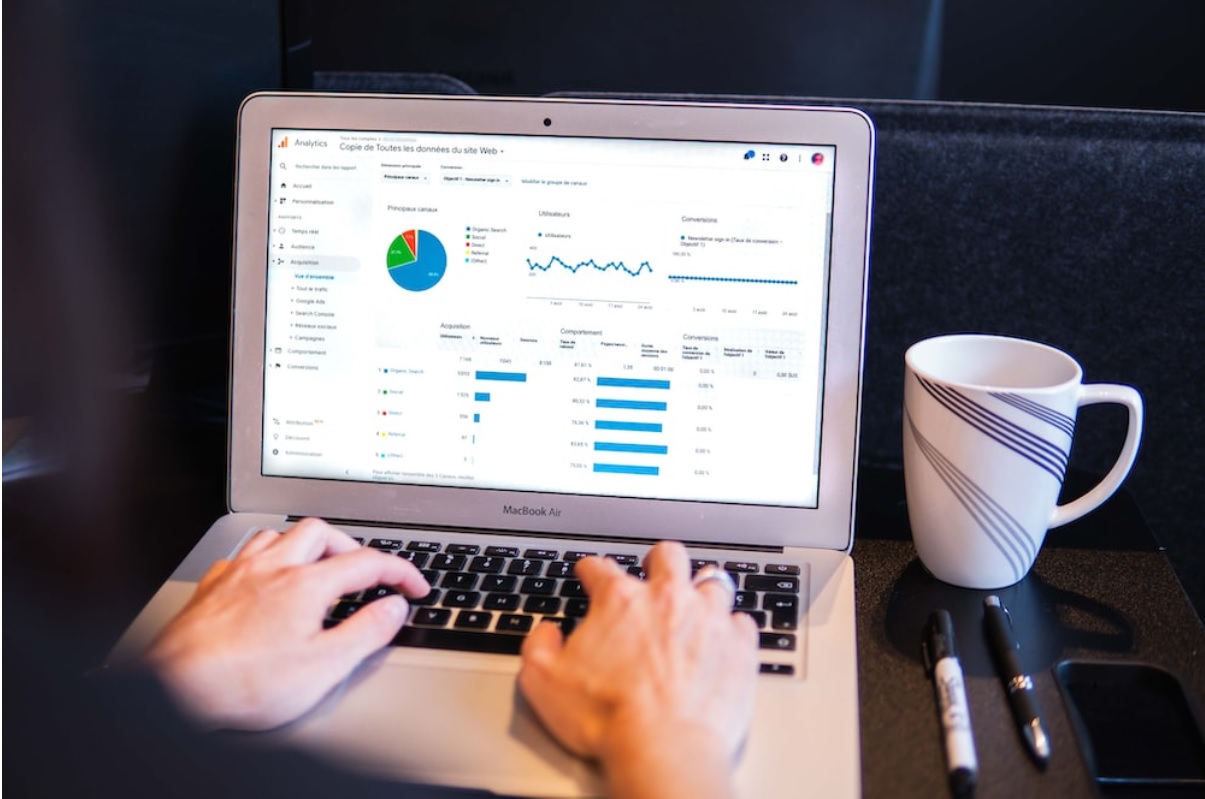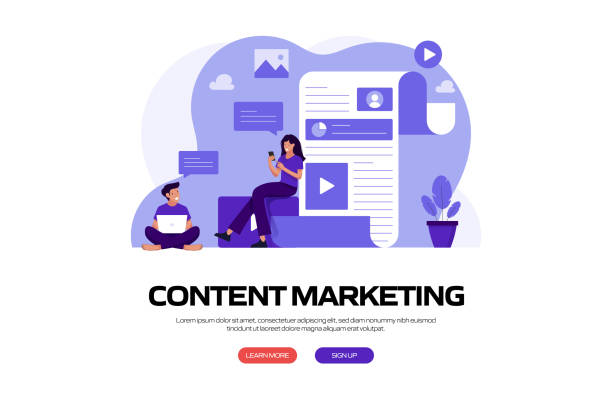In today’s competitive business world, having a website or an online presence is not enough. You also need to make sure your website visitors take the desired action, whether it’s making a purchase, filling out a form, or signing up for a newsletter. This is where the call to action (CTA) comes in . In this article, we will look at the power of call to action (CTA) and how it can drive qualified traffic, boost your conversions and sales in order to have a good return on investment.
The importance of a call to action (CTA)
The call to action (CTA) is a crucial element of your website. It is the effective marketing tool that motivates your website visitors to take action. Without this digital strategy, your website visitors risk leaving without doing anything, which results in a high bounce rate and a low conversion rate. A well-designed and strategically placed call to action (CTA) can make a significant difference in the success of your website, including attracting new leds, and increasing your notoriety.
What is a call to action (CTA)?
A call to action (CTA) is quality content that encourages your website visitors to take action. It can be a button, a link or a form that prompts your visitors to take action. A call to action (CTA) should be clear, concise and easy to understand. It should tell your prospects what action they need to take and what they can expect in return.
Different types of call to action (CTA)
There are different types of call to action (CTA) that you can use on your website. Among the most common are
- CTA Buttons:** These are clickable buttons that prompt your visitors to take action, such as “Buy Now”, “Subscribe” or “Learn More”.
- Link CTAs:** These are hyperlinks that direct your visitors to a specific page, such as a product page or landing page.
- These are forms your visitors can fill out to request more information or sign up for a newsletter.
Tips for creating an effective call to action (CTA)
To create an effective call to action (CTA) , several factors must be taken into account. Here are some tips to help you create an effective call to action (CTA) and attract visitors:
- Use action-oriented language:** Use language that urges action, such as “Get started”, “Download now”, or “Subscribe”.
- Create a Sense of Urgency:** Use language that creates a sense of urgency, such as “Limited Time Offer” or “Ending Soon.”
- Keep it simple:** Your call to action (CTA) should be simple, concise, and easy to understand. Avoid using jargon or technical terms.
- Use contrasting colors:** Use colors that stand out from the rest of your website to draw the visitor to pay attention to your call to action (CTA).
- Place your call to action (CTA) in a prominent place:** Your call to action (CTA) should be placed in a prominent place, such as at the top of your page or above the fold.
How to place a call to action (CTA) on your website
The placement of your call to action (CTA) is just as important as the design and language used. Here are some tips on where to place your call to action on your website:
- Above the fold: Place your call to action (CTA) above the fold, which is the part of your website that is visible without scrolling down.
- At the end of the page:** Place your call to action (CTA) at the end of the page, after your visitors have had the opportunity to learn more about your product or service.
- In a sidebar: Place your call to action (CTA) in a sidebar, which is a vertical column on the side of your page.
- On a pop-up window:** Place your call to action on a pop-up window that appears after a few seconds on your website.
The impact of design on calls to action (CTA)
The design of your call to action (CTA) can have a huge impact on its effectiveness. Here are some design tips to help you create a visually appealing and effective call to action (CTA) that can help you generate clicks:
- Use colors that contrast with the rest of your website to make your call to action (CTA) stand out.
- Make it big and bold:** Make your call to action (CTA) big and bold to draw the visitor to pay attention to it.
- Add a hover effect:** Add a hover effect to your call to action (CTA) to make it more interactive and engaging.
- Use icons:** Use icons to enhance the design of your call to action (CTA) and make it more visually appealing.
- Add white space:** Add white space around your call to action (CTA) to highlight it and make it easier to see.
A/B testing of your calls to action (CTA)
A/B testing involves comparing two different versions of your call-to-action to see which is more effective. Here are some tips for performing A/B tests on your calls to action (CTA):
- Test one element at a time:** Test one element of your call to action (CTA) at a time, such as color, size or placement.
- Use a control group:** Use a control group that receives the original version of your call to action (CTA) to compare it to the test group that receives the new version.
- Track the results:** Track the results of your A/B tests to determine which version of your call-to-action is the most effective.
Examples of call to action (CTA) for different sectors
Here are some examples of effective calls to action (CTAs) for different industries that can help you attract new customers to your webpage:
- E-commerce: “Buy now”, “Add to cart” or “Buy now”.
- SaaS: “Start your free trial”, “Get started”, or “Sign up now”.
- B2B: “Request a demo”, “Schedule a consultation” or “Download a white paper”.
- Non-Profit: “Donate Now”, “Volunteer” or “Join Our Cause”.
Measure the success of your calls to action (CTA)
It is essential to measure the success of your calls to action (CTA) to determine their effectiveness and if they generated clicks towards your web page. Here are some metrics you can use to measure the success of your calls to action (CTAs):
- Conversion rate: percentage of visitors who take the desired action.
- Bounce Rate:** The percentage of visitors who leave your website without taking any action.
- Click-through rate:** The percentage of visitors who click on your call to action (CTA).
- Engagement rate:** The percentage of visitors who interact with your call to action (CTA).
Conclusion
In conclusion, the call to action (CTA) is a powerful tool that can help you increase your conversions and sales. A well-designed and strategically placed call to action (CTA) can make a significant difference in the success of your website. By following the tips and best practices presented in this article, you can create effective calls to action (CTAs) that will inspire your visitors to take action. Don’t forget to measure the success of your calls to action (CTA) and perform A/B testing to determine which version is the most effective.
What is a call to action (CTA)?
How to create an effective CTA?
How to place a CTA on your website?
How many CTAs should you include on a page?
How to measure the effectiveness of a CTA?
What are the mistakes to avoid when creating a CTA?










